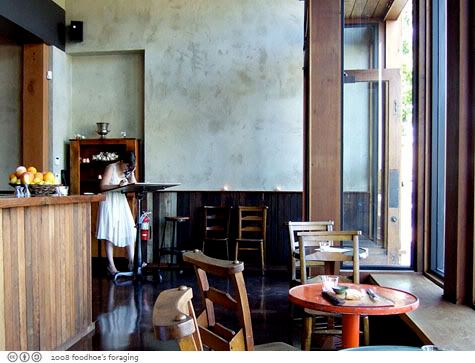 Tumbleweed Weebee at Sunset
Tumbleweed Weebee at SunsetThe above house is the same one pictured in
this New York Times article reviewing the tiny house movement. Rather than being earthbound on a quiet evening at sunset, as it is shown above, the
NYT shows the house rolling headlong down a ramp and into the busy traffic of a Los Angeles expressway. The photo offers a symbolic statement of the status of the Tiny House moving right into the flow of the modern world.
The Tiny House movment is not new. It has been a
cultish delight ever since Henry David Thoreau first went into the woods and declared the virtues of simplicity. Anyone who knows us, knows of our commitment to the "Not So Big House." The emerging publicity and adoration for the really Tiny House is gratifying to see. Though few of us could live in one, still, they remind us of reducing our acquisitiveness and simplifying our lives. They can provide space for a myriad of uses: studios, retreats, garden escapes, mountain get-a-ways, writing space, music room, etc.
Design Boom recently offered a
link to modern Tiny Houses, some of which are quite cool. For those who prefer an urban feel, the tiny house movement has not ignored your sensibilities. No longer will you have to settle for the narrow, bird house look of the traditional tiny house. There are options.
We invite you to view this video created by National Geographic. It features the small, now famous, Penguin House designed by
Yasuhiro Yamashita in Tokyo.
Yamashita took an extremely small footprint, even for Tokyo standards, and created the illusion of space with high ceilings,
wise sight lines, and well-placed windows.

Finally, above, courtesy of the blog
Miss Modular, one of our secret delights, is a boxcar called home. The ultimate
eco-decision: adaptive reuse. Roll this thing right to Boise, Battle Creek or...Baltimore, you've got a home. We will continue to cover this unique and inspiring movement. The time could not be better.











































